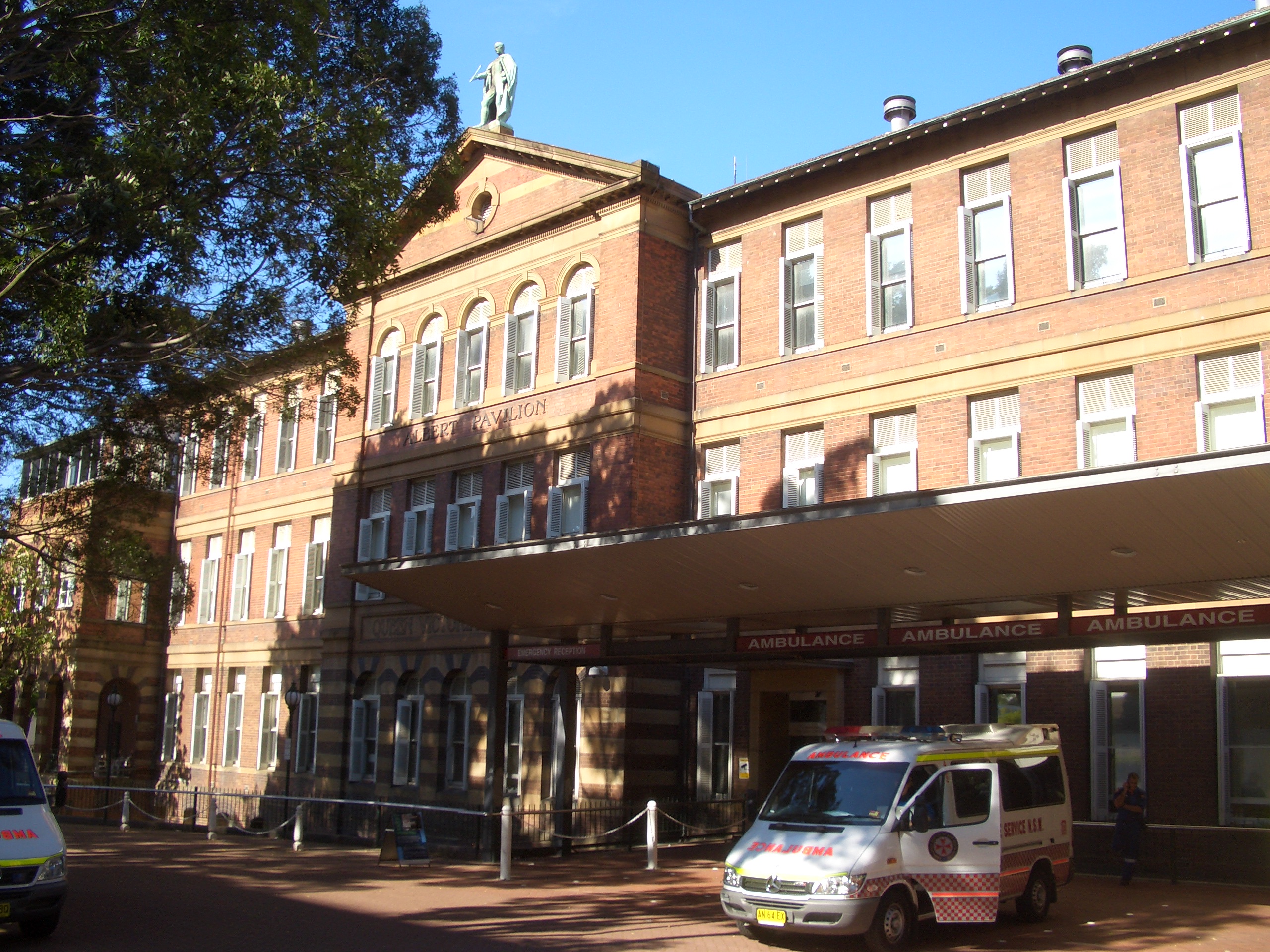Lives have been saved through a sepsis early-intervention program in NSW emergency departments, say researchers. Deaths from sepsis fell from 20% of cases in 2009-2011 to 14% in 2013. The program’s success meant it could be introduced nationally, said Mary Fullick, from Sydney’s Clinical Excellence Commission (CEC), Professor Mary-Louise McLaws, at the University of New […]
Lives have been saved through a sepsis early-intervention program in NSW emergency departments, say researchers.
Deaths from sepsis fell from 20% of cases in 2009-2011 to 14% in 2013.
The program’s success meant it could be introduced nationally, said Mary Fullick, from Sydney’s Clinical Excellence Commission (CEC), Professor Mary-Louise McLaws, at the University of New South Wales, and colleagues.
Sepsis is one of the leading causes of death in hospital patients worldwide, responsible for more deaths than prostate cancer, breast cancer and HIV/AIDS combined.
The SEPSIS KILLS program, introduced into NSW emergency departments from 2011, is based on the principle that early recognition and aggressive management with antibiotics and fluids will improve outcomes.
In a study published online in the Medical Journal of Australia, data from 13,567 patients were collected for the period 2011-13.
The researchers found the program saved lives, and decreased the time taken to administer antibiotics and time spent in hospital.
The proportion of patients with uncomplicated sepsis transferred to a ward increased, while their mortality rate increased from 3.2% to 6.2%.
This highlighted the need for a shift in the focus of both practice improvement and research from intensive care to ward management, the authors said.
Since the research ended, NSW public hospitals have begun extending the SEPSIS KILLS program to inpatient areas and introduced a 48-hour management plan for ward patients.
CHANGES FROM 2009-2011 TO 2013
- Patients receiving intravenous antibiotics within 60 minutes of triage rose from 29.3 to 52.2%
- Patients starting to receive a second litre of fluid within 60 minutes rose from 10.6 to 27.5%
- Patients being treated immediately rose from 2.3 to 4.2%
- Patients being treated within 10 minutes rose from 40.7 to 60.7%
- Decrease in mortality from 19.3 to 14.1%
- Significant declines in time in intensive care and total length of stay.


